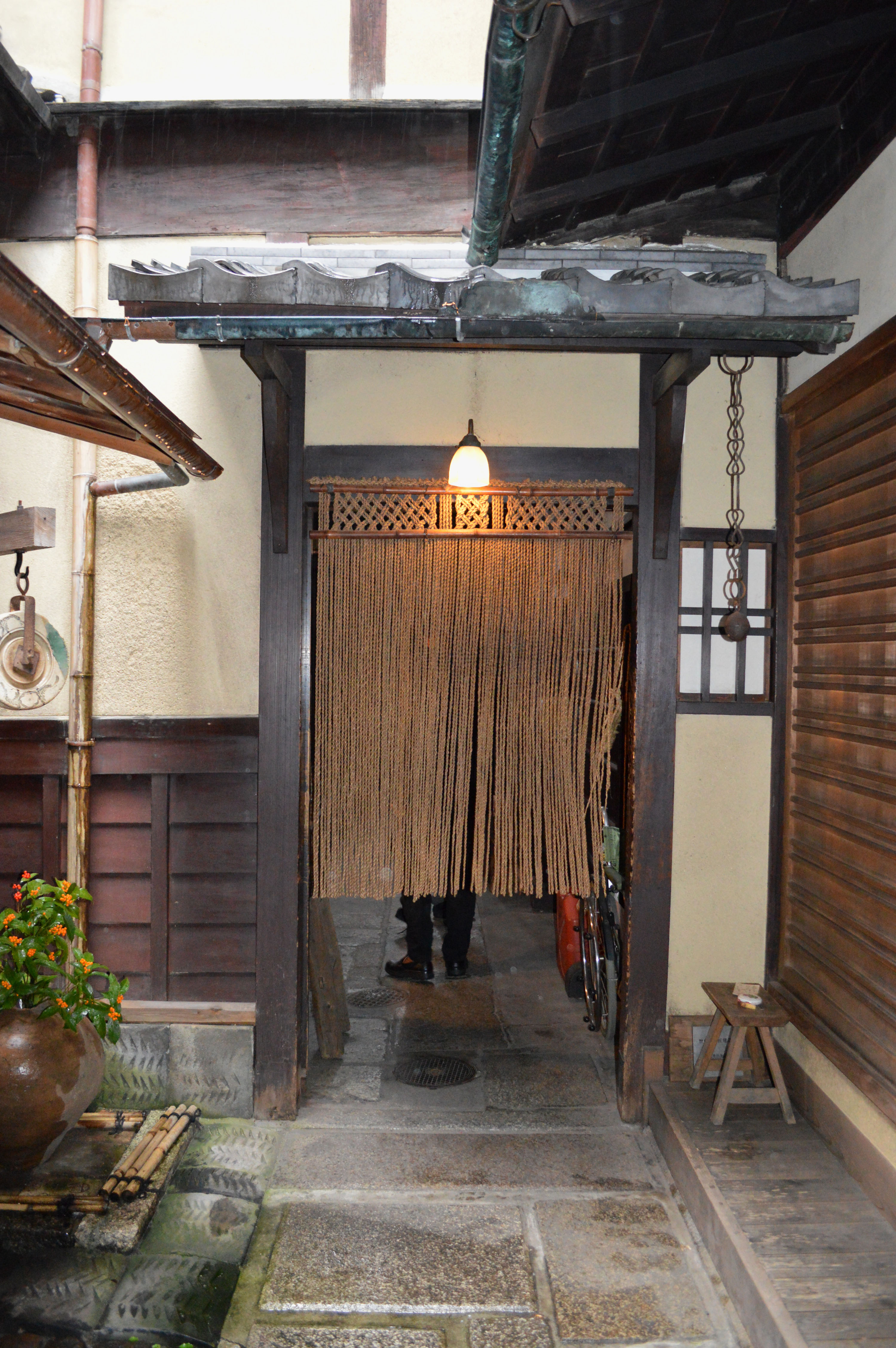Mumeisha Machiya Kyoto (JP)
Samenvatting
Een machiya is een traditionele houten woning die in Japanse steden nog veel voorkomt. De combinatie wonen/werken is verankerd in de ontstaansgeschiedenis van dit woningtype, dat werd gebouwd door koop- en ambachtslieden. In het oorspronkelijke gebruik werden de goederen uitgestald in de winkel (mise) aan de straat, het wonen gebeurde in de vertrekken daarachter, personeel sliep op de verdieping en de kimono’s en andere waardevolle bezittingen waren veilig opgeslagen in de berging (kura) als ‘schatkamer’ achter op het erf. De stedelijke structuur bestaat uit een grid van vierkanten waarbij de machiya een min of meer gesloten bouwblok vormen. Soms wordt dat bouwblok doorsneden door kleinere straten en opgedeeld in fragmenten.
Mumeisha Machiya is een prachtig voorbeeld met een grotendeels traditionele opzet, gebouwd in 1909 door de familie Yoshida die handelde in zijde. Machiya staan zij aan zij op smalle, diepe kavels, waarbij een of meerdere patio’s voorzien in buitenruimte en daglicht. Kenmerkend is de toriniwa, de lange gang langs de zijwand. In Mumeisha Machiya bevat de toriniwa opeenvolgend de ingang, een wachtruimte, een waterput, de keuken, kastruimten en ze eindigt op de achterplaats bij de kura. De vloer is steenachtig en wordt met schoenen betreden, anders dan de iets hoger gelegen ruimten die met tatami-matten of houten delen bedekt zijn. De toriniwa is ‘niet binnen’ en ‘niet buiten’. Hij rijgt de ruimten van de woning aaneen en vormt de graduele overgang tussen de straat als publieke ruimte en de privéruimten verder naar achter. Het logistieke systeem van hoofdstraten, zijstraten en stegen mondt uit in de toriniwa, waarin je een gordijn en schuifdeuren passeert om langzaam door te dringen tot het privédomein.



